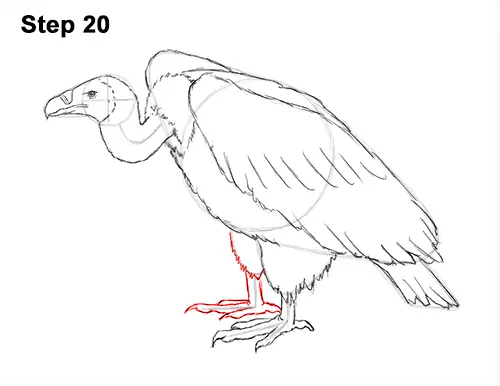
Step 20: Draw the leg on the other side the same way. Start with quick short strokes along the initial curved line. Then draw the rest of the vulture's foot by following the basic path of the initial guides and making the shape thicker. Add the toe on the right side and make the tips of the toes curved and pointy for the talons. You can also make the tips of the toes a bit darker to emphasize the sharp talons.
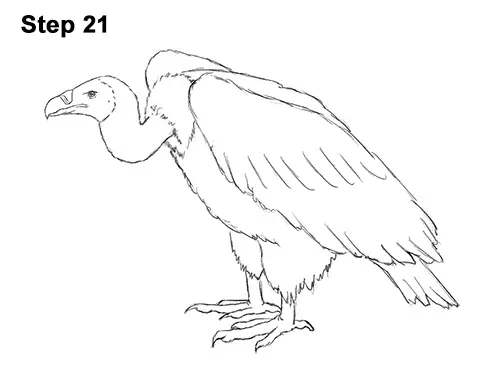
Step 21: For a cleaner look, erase as much as you can of the initial guide lines. Don't worry about erasing all of the guides. It's okay to leave some behind. Re-draw any final sketch lines that you may have accidentally erased.
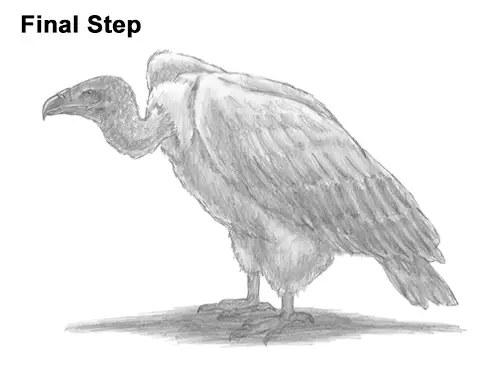
Final Step: Add some shading throughout your vulture drawing for extra detail. Add a dark value to the beak but leave a curved strip blank for shine. Use a medium value for the bare skin on the bird's face. The back of the head and neck have a few feathers, so use circular strokes as you add a light value.
For the vulture's folded wing, use a dark value at the bottom that gradually gets lighter at the top. Use a series of thin, long shapes as you shade the bottom of the folded wing to represent individual feathers. This is a white-backed vulture, so use light strokes for the rest of the body except for the feet. Use a dark value for the feet.
Add some shading to your vulture drawing to give it more dimension and volume. Pick the direction of the light source when shading so that the shadows are consistent with it. Vary the pressure on your pencil to get different degrees of tonal value. Shading can be time-consuming, so be patient and take breaks. It's always a good idea to use reference as you draw.
Add a cast shadow underneath. This helps ground the vulture so it doesn't appear to be floating. Don't forget to pause the video after each step to draw at your own pace.
Thanks for watching! Subscribe to the How2DrawAnimals YouTube Channel for a new tutorial every Tuesday.
To learn how to draw popular cartoon characters, visit EasyDrawingTutorials.com.
RELATED TUTORIALS
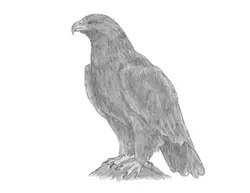 |
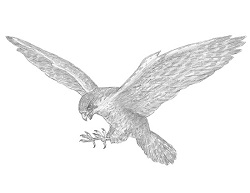 |
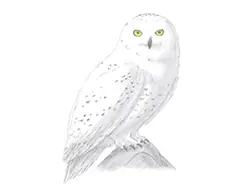 |







